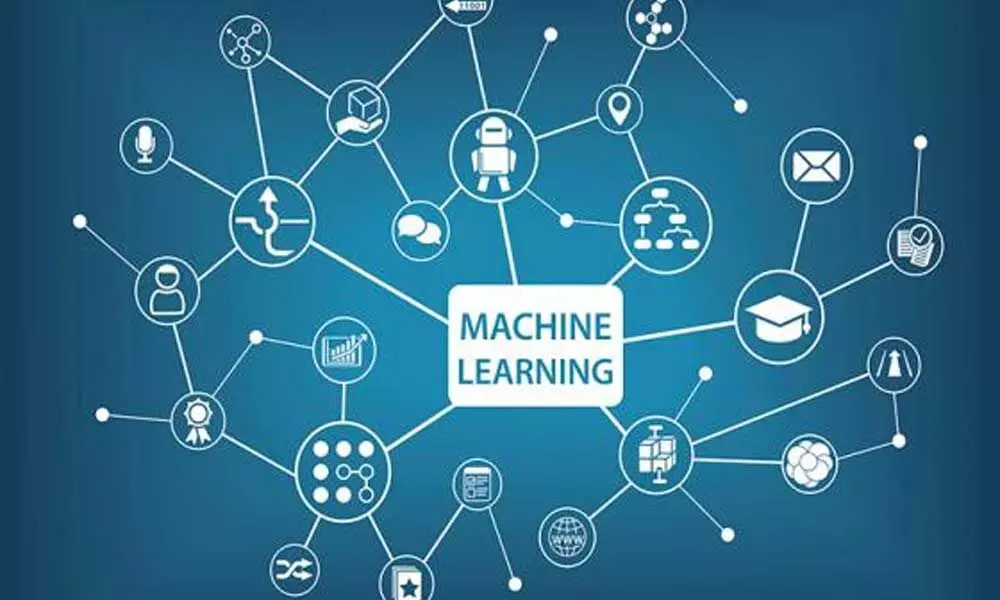Simplilearn Data Science Review

As the world becomes increasingly data-driven, the demand for skilled professionals who can make sense of this vast amount of information is on the rise. Data science has emerged as a critical field that combines statistical analysis, machine learning, and computer programming to extract insights from complex data sets. If you’re interested in pursuing a career in data science or looking to upskill your existing knowledge, Simplilearn’s Data Science course could be an excellent option for you. In this review, we’ll take a closer look at Simplilearn’s Data Science course and explore its curriculum, tools and techniques, applications, and more.
Introduction to Data Science
Data Science is a rapidly growing field that has become essential for businesses and organizations to make data-driven decisions. It involves the use of statistical and computational methods to extract insights from large datasets. The field encompasses a range of disciplines, including statistics, machine learning, and computer science.
Data Science has revolutionized the way companies operate by providing valuable insights into customer behavior, market trends, and operational efficiency. With the increasing amount of data being generated every day, the demand for skilled Data Scientists has never been higher. As a result, many professionals are turning to Data Science as a career path or seeking to upskill in this area.
In this article, we will explore Simplilearn’s Data Science course and review its effectiveness in preparing students for a career in this exciting field. We will examine the tools and techniques used in Data Science, its applications across various industries, and the role of a Data Scientist in today’s job market.
Data Science Tools and Techniques
When it comes to data science, having the right tools and techniques at your disposal can make all the difference. There are a variety of software programs and programming languages that data scientists use to analyze and interpret large sets of data. Some of the most popular tools include Python, R, SAS, and SQL.
Python is a particularly versatile language that is commonly used in data science. It has a wide range of libraries and frameworks that make it easy to work with large datasets, perform statistical analysis, and create visualizations. R is another popular language that is specifically designed for statistical computing and graphics. It also has a large community of users who contribute to its development.
In addition to programming languages, data scientists also use a variety of tools for data visualization, such as Tableau or Power BI. These tools allow users to create interactive dashboards and charts that help them better understand their data. Other important techniques used in data science include machine learning algorithms, predictive modeling, and natural language processing. By mastering these tools and techniques, data scientists can gain valuable insights from complex datasets that might otherwise be difficult to interpret.
Data Science Applications
Data science has a wide range of applications across various industries. One of the most popular applications of data science is in the field of marketing. Companies use data science to analyze customer behavior and preferences, which helps them create targeted marketing campaigns that are more likely to convert leads into customers.
Another important application of data science is in healthcare. With the help of data science, healthcare professionals can analyze large amounts of patient data to identify patterns and trends that can help them make better diagnoses and treatment decisions. Data science also plays a crucial role in drug discovery, as it allows researchers to analyze vast amounts of biological data to identify potential drug targets.
Data science is also used extensively in finance, where it helps financial institutions make better investment decisions by analyzing market trends and predicting future performance. In addition, data science is used in fraud detection, risk management, and credit scoring.
Overall, the applications of data science are vast and varied. From marketing to healthcare to finance, data science has become an essential tool for businesses and organizations looking to gain insights from their data and make better decisions based on those insights.
The Data Science Process
When it comes to data science, the process is just as important as the end result. The data science process can be broken down into several stages, each with its own set of tasks and goals. The first stage is data collection, where raw data is gathered from various sources and prepared for analysis. This involves cleaning and organizing the data to ensure that it is accurate and consistent.
The next stage is exploratory data analysis, where the data is visualized and analyzed to identify patterns and trends. This helps to determine which variables are most important in predicting outcomes. Once this has been established, the modeling stage begins. This involves building predictive models using statistical techniques such as regression analysis or machine learning algorithms.
Once the models have been built, they need to be evaluated and validated to ensure that they are accurate and reliable. Finally, the results of the analysis are communicated to stakeholders in a clear and concise manner. Effective communication is crucial in ensuring that decision-makers understand the implications of the findings and can make informed decisions based on them. By following this process, data scientists can ensure that their analyses are robust, reliable, and actionable.
The Data Scientist role
As a data scientist, your role is to extract insights from complex data sets and communicate them in a way that is understandable to non-technical stakeholders. This requires a unique blend of technical skills, business acumen, and communication abilities.
Data scientists are responsible for designing and implementing algorithms that can analyze large amounts of data and identify patterns or trends. They must also be able to clean and preprocess data to ensure accuracy before analysis. Additionally, they need to have strong statistical knowledge to interpret the results of their analyses and make recommendations based on their findings.
But being a data scientist is not just about technical skills. It also involves working closely with other departments within an organization, such as marketing or finance teams, to understand their needs and provide solutions that align with business goals. Communication skills are crucial in this aspect of the job, as data scientists must be able to explain complex concepts in simple terms that non-technical stakeholders can understand.
In summary, the role of a data scientist requires a diverse set of skills ranging from technical expertise to effective communication abilities. It’s an exciting field that offers endless opportunities for growth and innovation in today’s data-driven world.
Conclusion
In conclusion, Simplilearn’s Data Science course is a comprehensive and effective program for anyone looking to enter the field of data science or further their knowledge in this area. The course covers a wide range of topics, from the basics of data science to advanced techniques and applications. With hands-on projects and real-world case studies, students gain practical experience that prepares them for success in the industry. Additionally, the course provides ample opportunities for networking and collaboration with other professionals in the field. Overall, Simplilearn’s Data Science course is an excellent investment for anyone seeking to advance their career in this exciting and rapidly growing field.






